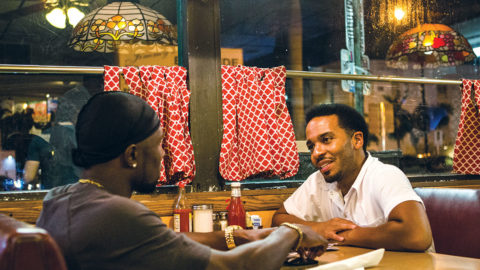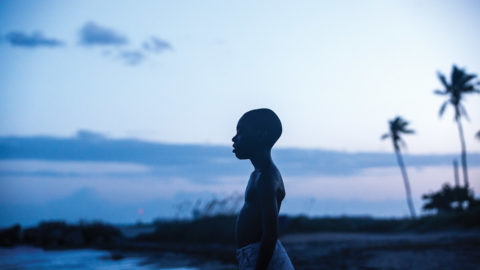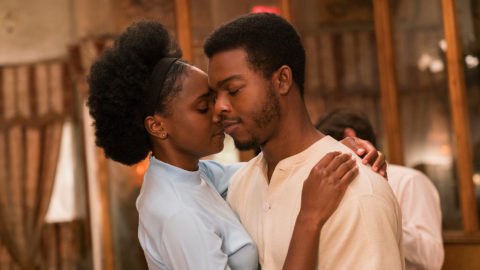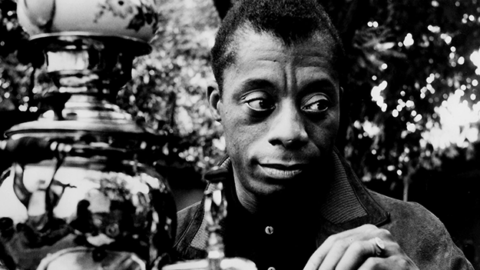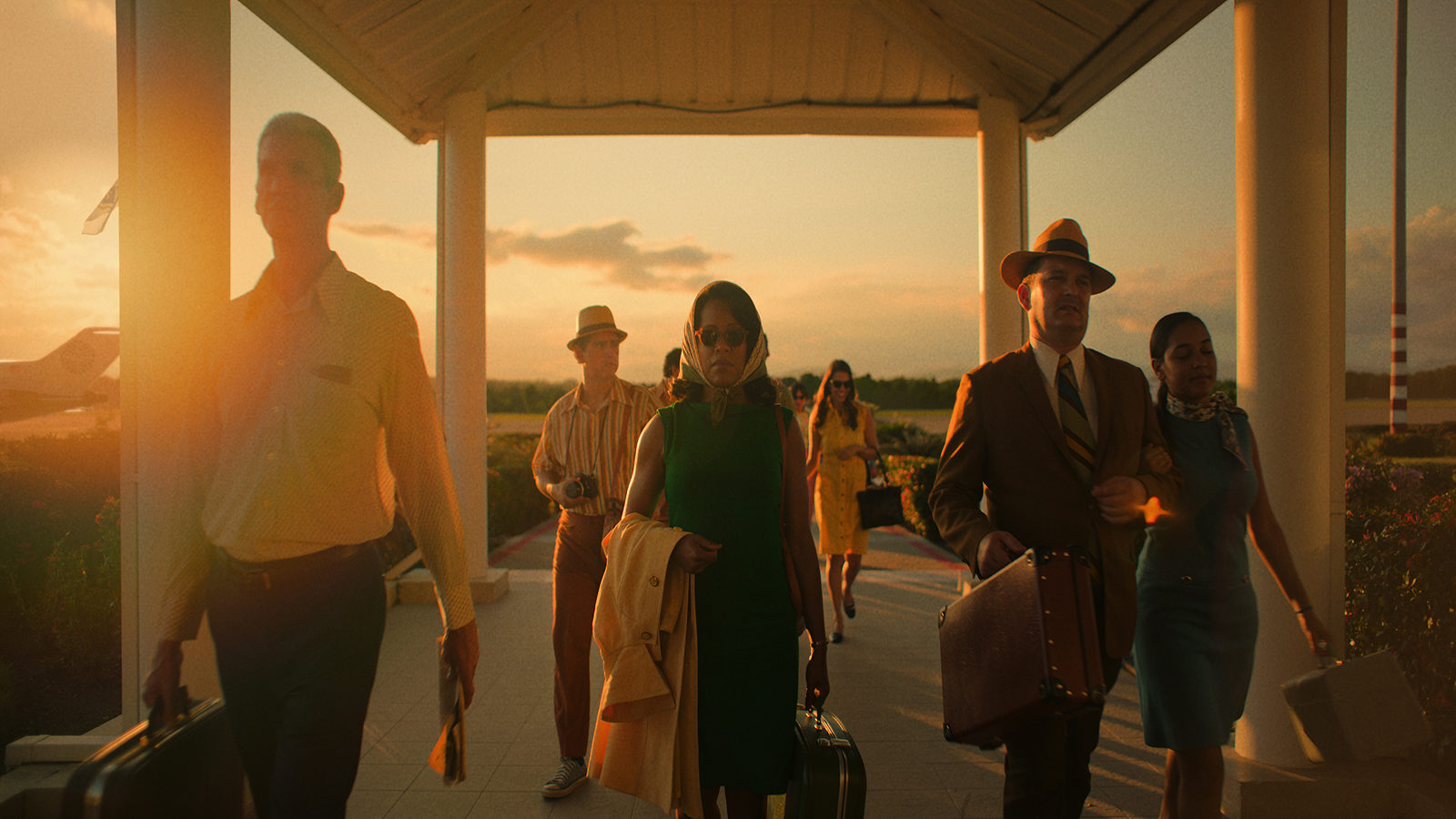
Inspired: The Spoken Word
Reading James Baldwin with a mind toward adapting him was a daunting prospect. I’d always worshipped James Baldwin. For me, as it pertains to exploring humanity through writing, he was the monolith at the conclusion of Stanley Kubrick’s 2001: oblique, unassailable.
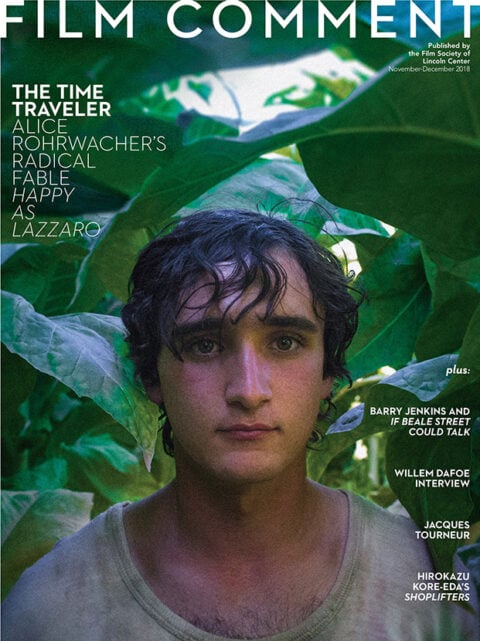
This adaptation was different and distinct from the previous film. With Moonlight, the visual inspirations were largely rooted in cinema, the work of Wong Kar Wai and Hou Hsiao-hsien. Claire Denis. With If Beale Street Could Talk, we took a course dictated by Baldwin’s words—the lyrical poetry of his syntax. Baldwin had a way of making sentence structure expressive, a mastery of craft in which the tools used to deliver the message, the very words themselves, became art. In a film so driven by the interior voice of the author as embodied and spoken by our main character, the pace and rhythm of the film is a direct reflection of the rhythm of Baldwin’s words.
Much of the visual inspiration for the If Beale Street Could Talk came from still imagery. In preparation for the film, my longtime collaborator and cinematographer James Laxton and I studied the work of Harlem-focused photographers from the era: Roy DeCarava, Gordon Parks. Josh and Bennie Safdie sent a surprise gift over during preproduction, a monograph of Harlem imagery by the photographer Katsu Naito. While the era of Naito’s work did not align with our film, the energy of the faces he captured inspired us in glorious ways.
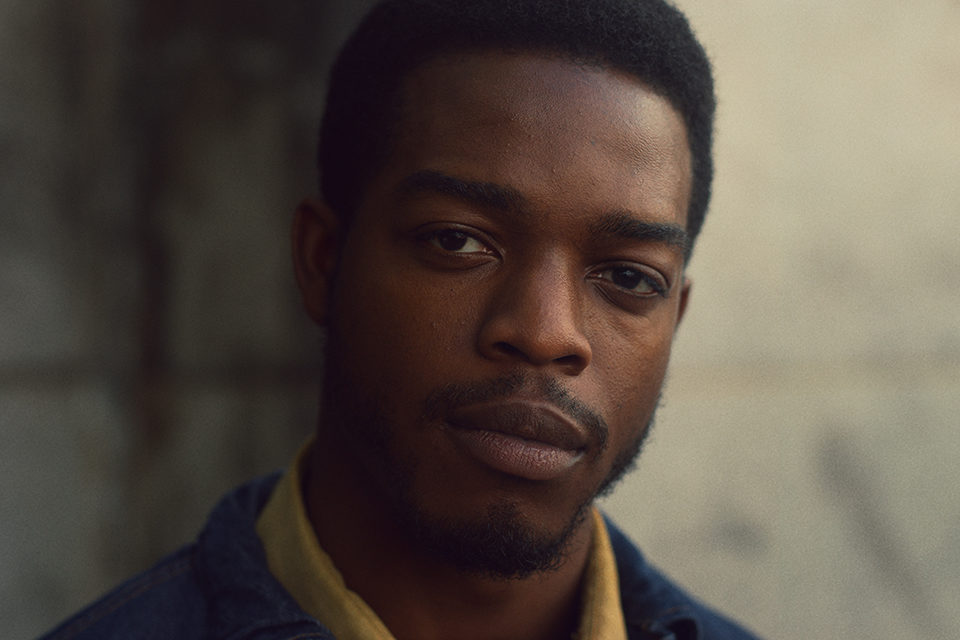
When you really drill down to it, however, it all comes back to Baldwin. He devoured culture. Cinema, literature, music. In the novel, Baldwin cites your favorite record store clerk’s deep-dive B-side blues, jazz, and gospel list of record cues. While we did not source those exact cues in our largely faithful adaptation, we tracked a path closely aligned with Baldwin’s—Nina Simone, John Coltrane, Miles Davis’s Blue in Green. That last track, a needle dropped into a pivotal sequence involving our main character Fonny (Stephan James) and his haunted friend Daniel (Bryan Tyree Henry), proved a searing example of the ways inspiration and aesthetic fused in this film.
As Miles Davis’s melancholy blues drifts in and out of focus, Nicholas Britell’s pulsing score fuses with the jazz titan’s plaintive plea, underscoring the shells the world has forced these young men to retreat into… and the way camaraderie allows them to peek out. It’s one of my favorite sequences in the film. And a lovely encapsulation of how inspiration fuels creation.
Closer Look: If Beale Street Could Talk opens on December 14.
Barry Jenkins is the director of If Beale Street Could Talk, Moonlight, and Medicine for Melancholy.



